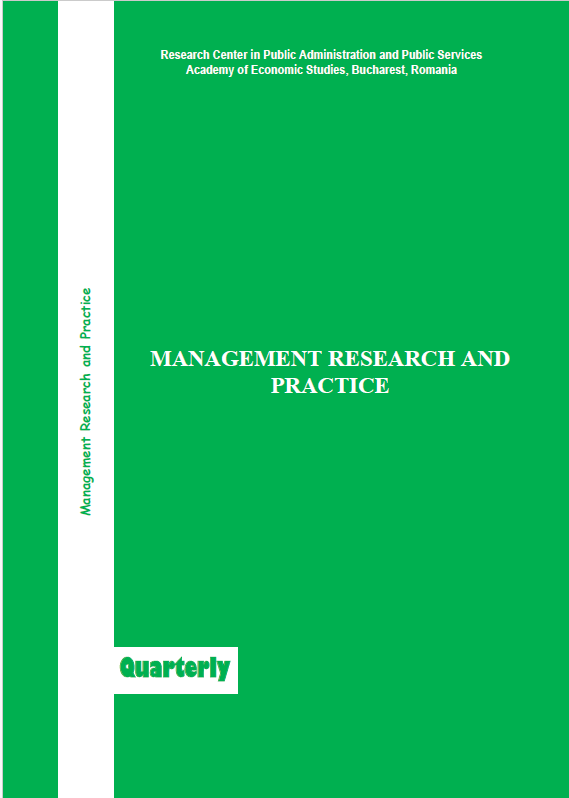RESILIENCE THROUGH THE LENS OF DECISION-MAKERS:
SPATIAL DIVERSITIES, ADAPTIVE CAPACITY AND TRANSFORMATION THROUGH MULTI-LEVEL GOVERNANCE
RESILIENCE THROUGH THE LENS OF DECISION-MAKERS:
SPATIAL DIVERSITIES, ADAPTIVE CAPACITY AND TRANSFORMATION THROUGH MULTI-LEVEL GOVERNANCE
Author(s): Alina Georgiana Profiroiu, Cristina Şerbănică, Corina Cristiana Nastacă, Daniela-Luminiţa ConstantinSubject(s): Business Economy / Management
Published by: Academia de Studii Economice - Centrul de Cercetare in Administratie si Servicii Publice (CCASP)
Keywords: resilience; policymaking; adaptative capacity; transformation; multi-level governance;
Summary/Abstract: The present research aims to contribute to the strain of literature that investigates resilience implementation features at different spatial scales. The analysis is guided by the following research questions: Are there any significant variations in the perception of shocks and stresses by policymakers at different spatial scales (rural, urban, local, regional, national)? How do spatial diversities influence adaptive capacities and transformation at different scales? How can multi-level governance frameworks be tailored to increase resilience performance? The research is a qualitative case study aimed to analyse the perception of Romanian decision-makers at different levels on how their territorial units experienced various difficult situations, surpassed them and proved to be resilient. The research methodology consisted of a set of semi-structured in-depth interviews conducted with public authorities at central, regional, local and sub-local levels (urban and rural). The study highlighted Romanian decision-makers' perception of shocks, stressors and the resilience capacity at various spatial scales. For the analyzed period, the economic crises, the pandemic crisis and various types of natural disasters were identified as the main shocks. Also, a series of stressors can be added, with slower action, but equally strong and persistent over time, such as the phenomenon of deindustrialization and the waves of emigration. The study has also outlined the fact that strategies and plans, structures and dedicated resources can be identified at all levels, but these are mainly aimed at emergency situations such as natural disasters and less to economic and social shocks.
Journal: Management Research and Practice
- Issue Year: 16/2024
- Issue No: 2
- Page Range: 48-65
- Page Count: 18
- Language: English

